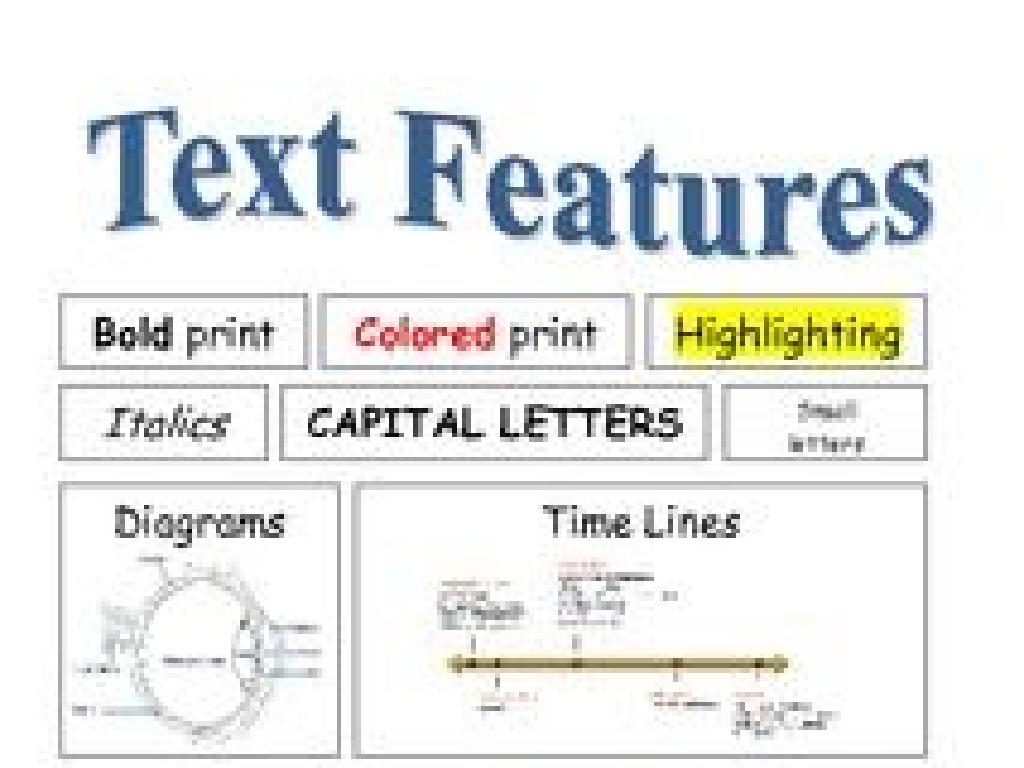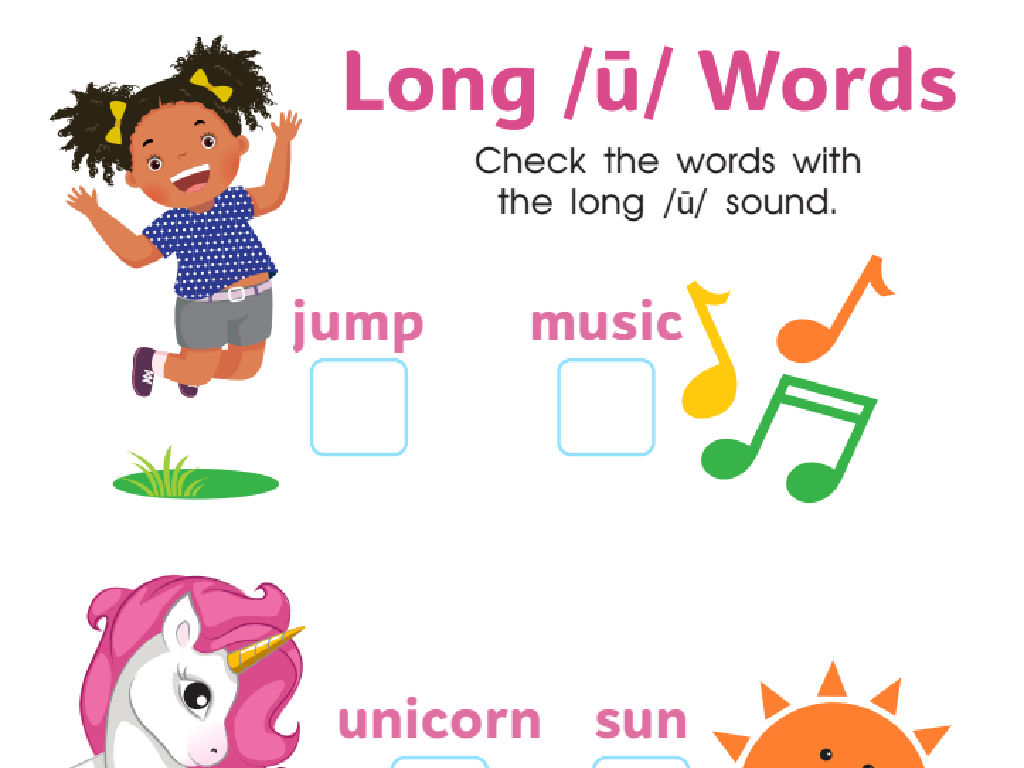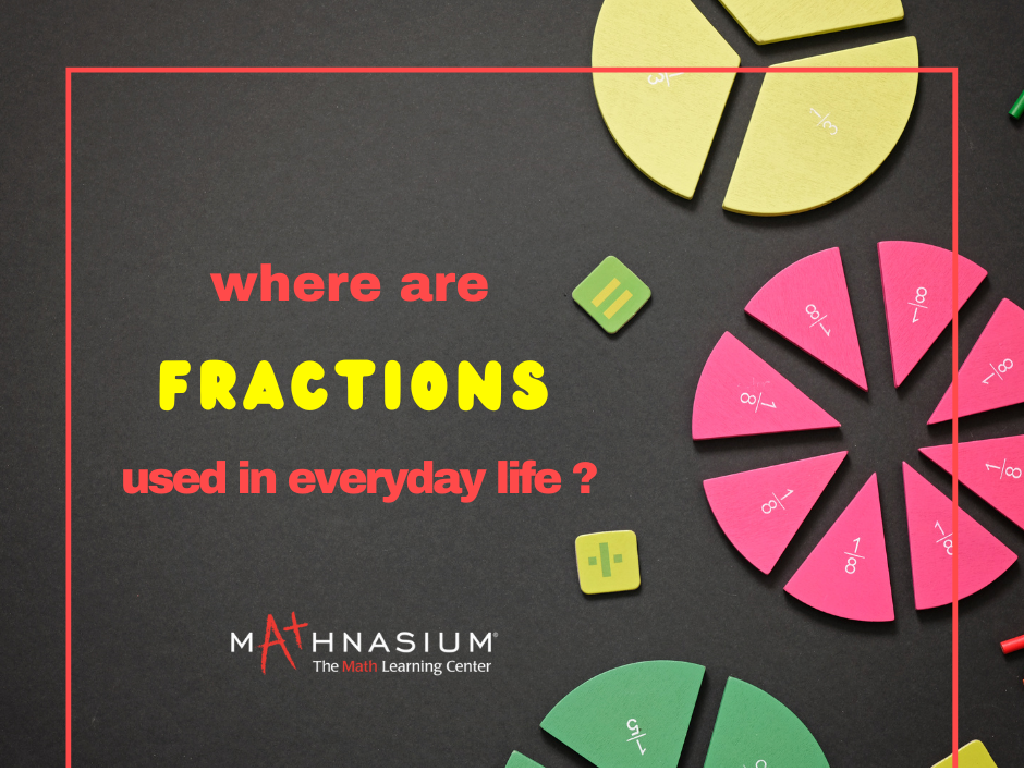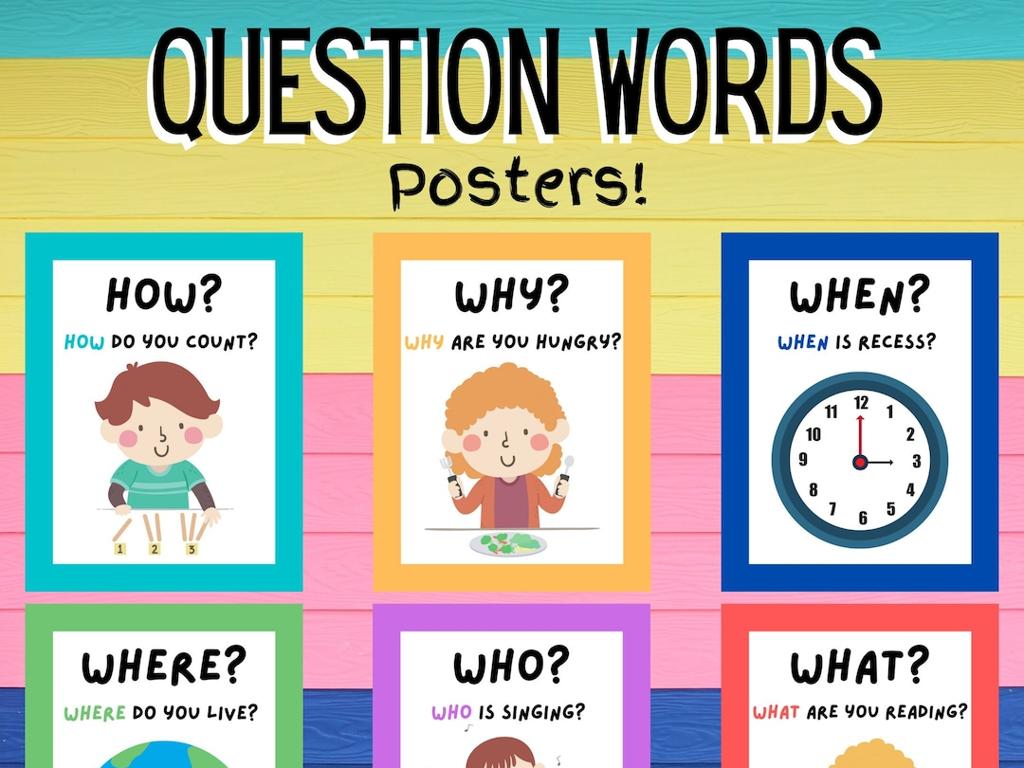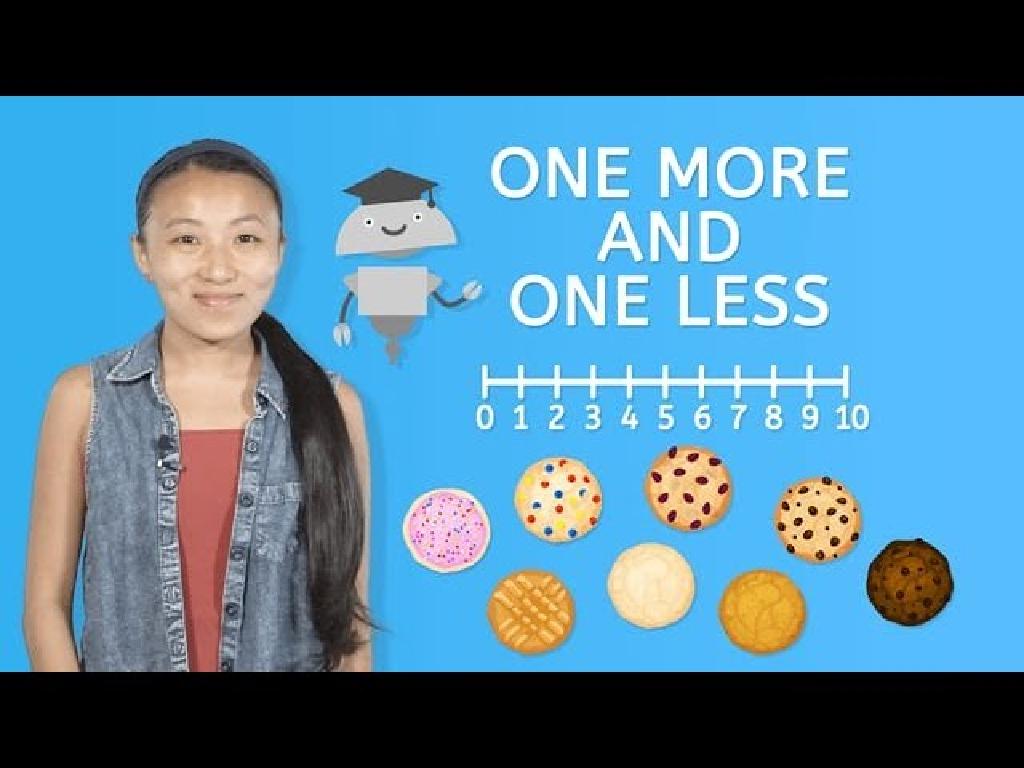Commas With Nonrestrictive Elements
Subject: Language arts
Grade: Sixth grade
Topic: Punctuation
Please LOG IN to download the presentation. Access is available to registered users only.
View More Content
Commas with Nonrestrictive Elements
– Importance of commas in writing
– Commas can change the meaning of sentences.
– Nonrestrictive elements defined
– Extra information not essential to the sentence’s meaning.
– Examples of nonrestrictive elements
– My brother, who is a chef, cooks dinner.
– Practice using commas correctly
– We’ll do exercises to master comma placement.
|
This slide introduces the concept of using commas with nonrestrictive elements, which is a crucial part of punctuation in writing. Emphasize the importance of commas and how they can alter the meaning of a sentence if used incorrectly. Define nonrestrictive elements as parts of a sentence that can be removed without changing the sentence’s essential meaning. Provide clear examples, such as ‘My brother, who is a chef, cooks dinner,’ where the clause ‘who is a chef’ is additional information and is set off by commas. Plan class activities where students identify nonrestrictive elements in sentences and practice placing commas correctly. This will help them understand the practical application of the rule and improve their writing skills.
Commas with Nonrestrictive Elements
– Define nonrestrictive elements
– Extra info in a sentence that can be removed without changing the sentence’s meaning.
– Examples of nonrestrictive elements
– ‘My brother, who is a chef, cooks dinner.’ The clause ‘who is a chef’ is nonrestrictive.
– Recognize nonrestrictive elements
– Look for clauses or phrases that can be omitted without altering the main point.
– Practice using commas correctly
|
This slide introduces the concept of nonrestrictive elements and how to punctuate them with commas. Nonrestrictive elements are parts of a sentence that provide additional information but are not essential to the sentence’s meaning. They can be removed without changing the overall message. Examples help illustrate how nonrestrictive clauses or phrases are typically set off by commas. Teach students to identify these elements by looking for information that can be omitted without altering the main point of the sentence. Practice exercises should include identifying nonrestrictive elements in sentences and adding commas where necessary to ensure students grasp the concept.
Commas and Nonrestrictive Elements
– Importance of commas in nonrestrictive elements
– Commas can change the meaning of sentences.
– Rule: Enclose nonrestrictive elements with commas
– Nonrestrictive elements add extra info but aren’t essential.
– Read sentences aloud for natural pauses
– When reading, pauses often align with commas.
– Practice identifying nonrestrictive elements
– Find parts of a sentence that could be removed without changing the main point.
|
This slide introduces the concept of nonrestrictive elements and the importance of using commas correctly. Nonrestrictive elements are parts of a sentence that provide additional information but are not essential to the sentence’s meaning. Enclosing these elements with commas helps clarify the sentence and prevent misinterpretation. By reading sentences aloud, students can naturally feel where pauses occur, which often indicates the placement of commas. Encourage students to practice with examples, identifying nonrestrictive elements and determining where commas should be placed. This will help them understand the flow of sentences and the nuances of punctuation in written English.
Commas with Nonrestrictive Elements
– Identify nonrestrictive elements
– Elements not essential to the sentence’s meaning, e.g., My brother, who is a chef, cooks dinner.
– Practice adding commas
– Let’s insert commas in example sentences as a class activity.
– Discuss meaning changes
– How does the sentence meaning change when we add or remove commas?
– Examples in sentences
|
This slide is aimed at helping students understand the use of commas with nonrestrictive elements. Begin by explaining that nonrestrictive elements add extra information to a sentence but are not essential to its main meaning. Show examples on the board and work together to add commas in the correct places. Discuss as a class how the meaning of a sentence can change when nonrestrictive elements are added or omitted. Emphasize that commas help to clarify whether the information is additional or essential. Provide sentences without commas and have students practice inserting them where needed. Encourage students to explain their reasoning for comma placement to enhance their understanding.
Let’s Practice Writing with Nonrestrictive Elements!
– Write sentences with nonrestrictive elements
– Include extra information in a sentence, set off by commas
– Peer review classmates’ sentences
– Exchange papers and respectfully check each other’s work
– Discuss the sentences in groups
– Share thoughts on the sentences and the nonrestrictive elements used
– Understand the use of commas
– Learn why commas are important in these sentences
|
This slide is designed to engage students in a practical exercise on using commas with nonrestrictive elements. Start by explaining that nonrestrictive elements are parts of a sentence that can be removed without changing the sentence’s basic meaning. They should write their own sentences incorporating nonrestrictive elements, using commas appropriately. Then, they will swap their sentences with a peer for review, looking specifically for correct comma usage. Afterward, organize the class into small groups to discuss the sentences and the function of the nonrestrictive elements. This activity will help students understand how commas can change the clarity and meaning of a sentence. As a teacher, facilitate the discussions, provide feedback, and ensure that each student participates in the peer review process. Offer examples and be ready to clarify any doubts.
Class Activity: Comma Hunt!
– Find commas in a paragraph
– Correct comma usage with peers
– Work together to spot and fix comma errors
– Present corrections to class
– Each group will share their corrected paragraph
– Explain your comma choices
– Discuss why commas were added or removed
|
This interactive activity is designed to reinforce the use of commas with nonrestrictive elements. Divide the class into small groups and provide each with a paragraph containing incorrectly placed commas. Students will collaborate to identify errors and make corrections. Afterward, each group will present their corrected paragraph to the class, explaining the reasoning behind their comma placements. This will help students understand the practical application of the rules they’ve learned. For the teacher: Prepare paragraphs with common comma mistakes, ensure groups are balanced in skill levels, and provide guidance as needed. Possible variations include having students write their own paragraphs or peer-review each other’s work.
Conclusion: Commas & Nonrestrictive Elements
– Recap comma rules for nonrestrictive elements
– Nonrestrictive elements are not essential to the sentence’s meaning and are set off by commas, e.g., My brother, who is a chef, cooks dinner.
– Importance of proper punctuation
– Correct punctuation ensures clarity and prevents misunderstandings in writing.
– Homework: Craft a short story
– Include at least one sentence with nonrestrictive elements using commas correctly.
– Share stories in the next class
|
This slide wraps up the lesson on nonrestrictive elements and their punctuation with commas. Begin by reviewing the rules for using commas with nonrestrictive elements, emphasizing that these elements add extra information without altering the sentence’s core meaning. Highlight the importance of proper punctuation in writing for clear communication. For homework, students will write a short story that includes nonrestrictive elements, demonstrating their understanding of the concept. In the next class, students will have the opportunity to share their stories and discuss the use of commas in their writing. This exercise will reinforce their learning and allow for peer feedback.

